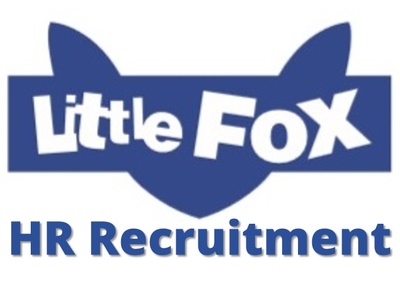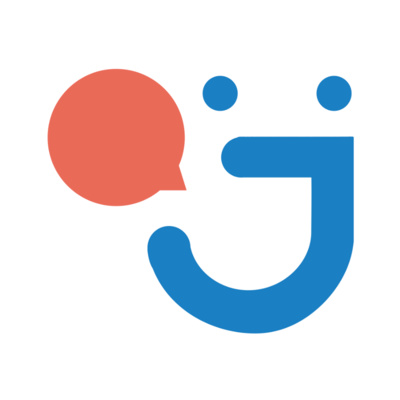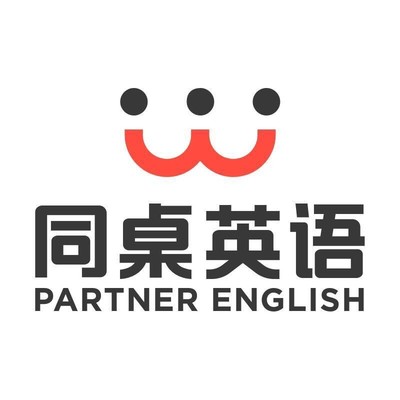TEFL Strategies: Harnessing Information Gap Activities for Success
Language learning in EFL classrooms demands purposeful activities to promote effective language acquisition. Of these tools, information gap activities stand out as being particularly powerful. But what exactly are they, and why should they form part of your language teaching toolkit?

What activities exist to address the information gap in language learning?
Information gap activities provide an engaging learning exercise designed to facilitate language acquisition. They involve giving each learner one piece of a puzzle they must complete; however, no individual learner has all of the information needed. This information gap forces learners to communicate, negotiate, and cooperate to fill in missing pieces and complete their task successfully.
Information gap activities offer great benefit in their ability to simulate real-life situations where information can be incomplete and communication necessary for filling in gaps in knowledge. Thus making them not only educational but also highly practical and applicable to everyday life.
Can you provide some examples of information gap activities?
Absolutely. Let's examine some examples to gain a clearer picture of what these activities would look like in a classroom setting.
One popular activity is the Gapped Newspaper Activity. Here, learners receive a newspaper article with certain words or phrases missing and need to collaborate by asking and answering questions in order to fill in all gaps in it.
Another activity for students to engage in is "spot the difference". Students will receive two seemingly similar pictures and must communicate details of both images in order to find subtle variations that distinguish them.
Students participating in role-play activities must adapt to different roles and scenarios in order to use their language skills effectively in solving a problem or accomplishing an assignment.
Finally, students taking part in the “making an Appointment Activity” need to communicate effectively in order to arrange appointments that work for both of them. They need to find a time that will accommodate everyone's schedules.
Why can information gap activities aid language acquisition?
Information gap activities provide numerous advantages in language acquisition. They encourage learners to actively collaborate and cooperate in order to foster these critical aspects of language use, as well as necessitate extensive use of it throughout.
Information gap activities offer learners an engaging alternative to traditional rote learning methods by encouraging them to utilize all their language skills—not only those new and previously learned elements—for an authentic and comprehensive language learning experience.
How can information gap activities facilitate learner-led communication?
Information gap activities are designed to require active participation and dialogue among learners, not passive reception of information but active constructors of knowledge. When working together on their task, the teacher takes a backseat role so the learners take control.
This shift in dynamic fosters learner autonomy and increases confidence as learners practice and consolidate their language skills in a safe, supportive environment. Furthermore, it creates a learner-led classroom in which communication between classmates is not only encouraged but essential for task completion.
Are information gap activities only useful for filling time in class?
Misconceptions about information gap activities must be dispelled in order to foster language acquisition and reflect real-life situations outside of the classroom. Information gap activities do not serve simply as fillers or time fillers—rather, their purposeful design enhances language acquisition while simulating similar scenarios learners might encounter outside.
These activities provide a practical and relevant learning experience, connecting classroom learning to real-life scenarios. They develop critical thinking, problem-solving, negotiation skills, as well as provide ample opportunity for meaningful language practice.
Information gap activities are effective tools in the hands of language teachers, promoting collaboration, comprehensive language use, learner-led communication, and providing an interactive and relevant learning experience for their students. They should not be overlooked but instead integrated into classroom practices as an integral component of language education to enhance it for maximum effectiveness and engage students more meaningfully, making their journey toward language proficiency all the more enjoyable and worthwhile.
-
Top LGBTQ+-Safe Countries for Teaching English Abroad Programs 2024
"Explore the safest countries for LGBTQ+ TEFL teachers in 2024. Discover inclusive teaching English... -
Engaging Vocabulary Activities for Kids
Discover fun, no-prep ESL vocabulary activities for kids that boost language skills, creativity, and... -
Everything You Should Know about Teaching in China
Are you looking for or excited to teach English in China? Here is the complete guide for teaching in...








